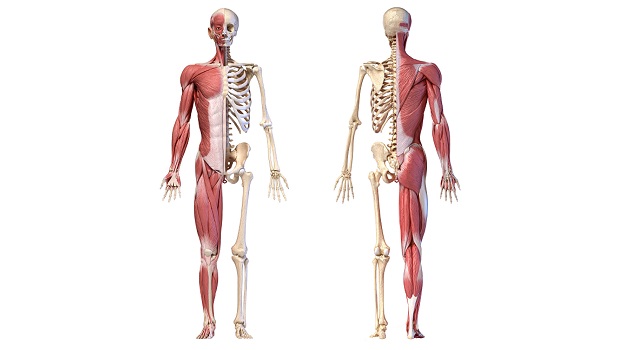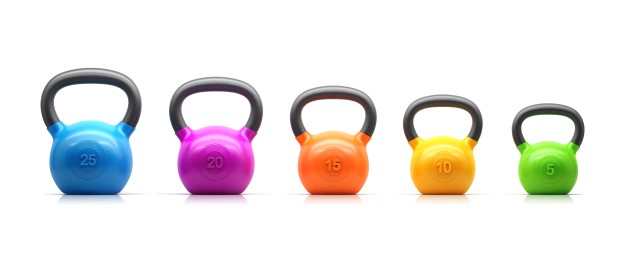What to know about the health of your skeleton, joints and muscles and disorders that affect them.
The ‘musculoskeletal’ body system includes your bones, cartilage, ligaments, tendons and connective tissues – it’s your joints, skeleton and muscles.

Above: the musculoskeletal system
What are musculoskeletal disorders (MSDs)?
There are more than 200 musculoskeletal disorders (or MSDs), affecting one in four adults in the UK (over 17 million people). They include chronic pain such as back, neck or arm pain, arthritis, diseases of the joints, and soft tissue rheumatism (including tendonitis, fasciitis and fibromyalgia).
MSDs can be long-term conditions that are painful and disabling, but often if the problem is managed early then people can mitigate the impact of the MSD.
Did you know? The construction industry has one of the highest rates of MSDs.
Work-related risk factors
These include:
- lifting, pulling, pushing or dragging heavy loads
- bending, crouching or stooping
- stretching, twisting and reaching (such as overhead working)
- tasks with repetitive movement
- driving heavy vehicles
- long-distance driving
- sustained excessive force
- working with handheld power tools for a long time.

Above: weight training can help to prevent MSDs by building strength
Prevention
Follow procedures in place at work to protect your health and safety. Report symptoms – such as back pain – to your manager, supervisor or other worker representative as well as using the appropriate internal reporting system. You can use CIRAS if you prefer to report concerns in confidence.
Your employer must protect you from the risks of developing MSDs. They should make adaptations to avoid symptoms worsening, such as by changing the working environment, ways of working, tools or equipment used, or the pace or intensity of work.
Think about the long term. You may get away with poor posture or technique in the short term, but you will encourage wear and tear of your body and potential future problems.
A healthy diet and exercise can help you to reduce the risk. A good diet promotes bone health and helps you keep to a healthy weight, which reduces the risk of developing MSDs such as osteoarthritis. Vitamin D and calcium are both important for musculoskeletal health.
For exercise, aim for at least 150 minutes of moderate intensity activity each week, such as brisk walking or cycling. Try to break up periods of sitting. Muscle strengthening activities include yoga, ball games, racket sports, resistance training (such as weight training), dance, bowls and Nordic walking. What small changes could you do now to be fitter in future?
Find out more
Musculoskeletal disorders surveyed in the rail industry
Focusing in on musculoskeletal risk concerns
Men's health awareness: health check and useful links
MSDs on the Health & Safety Executive website

Above: racquet sports can help to strengthen your muscles
Tags
- Health and Wellbeing
